Summer’s here and you’ll likely find yourself driving along some beautiful backroads on your way to your vacation destination. But unlike the highway, there are specific rules and etiquette for driving on backroads that you may not realize. Here are my tips on how to drive safely and courteously on two-lane backroads.
Be aware of what’s behind you
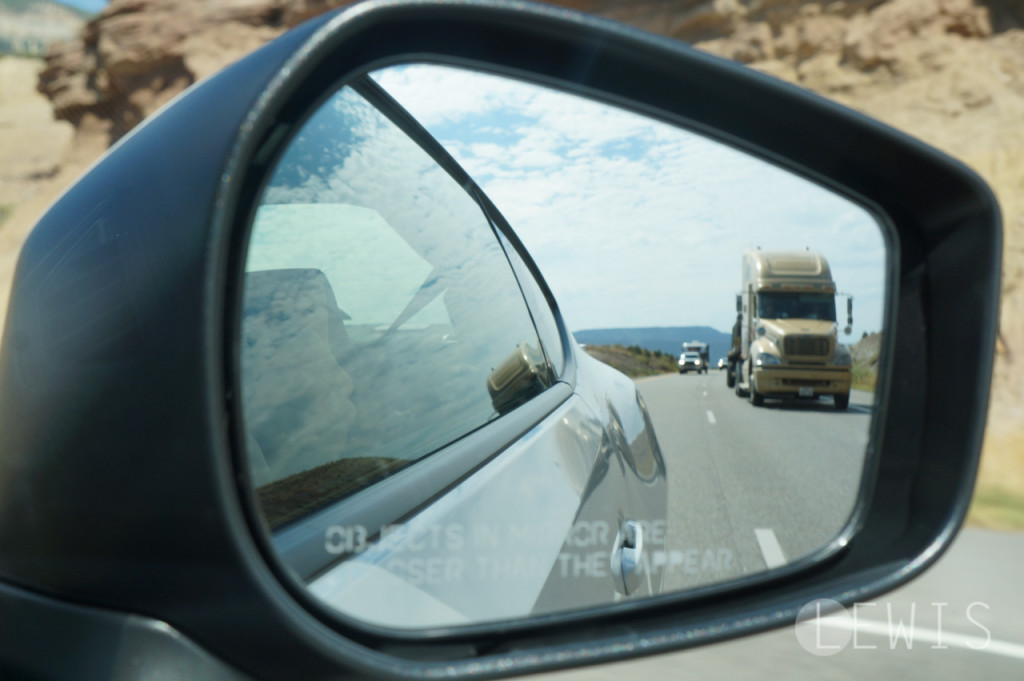
One of the biggest problems I’ve noticed with drivers on backroads is that they don’t pay attention to what’s behind them. This is understandable as many drivers are unfamiliar with the road and have their eyes glued on what’s ahead. But paying attention to what’s behind you is just as important as what’s around the corner.
If you notice a line of cars behind you, you’re probably going too slowly. If the car behind you flashes its high beams at you, that also means you’re going too slow. Don’t take it as a sign of aggression, but rather a polite way for a driver to ask you to move over. If the driver honks and gives you the finger, then that’s a sign of aggression and you probably don’t want to get into a road rage incident with someone like that.
Which brings me to my second tip.
Use the turn outs

Two-lane roads are usually designed with a bunch of turn outs, or little cutouts, on the side of the road for people to pull over. Use these to stop and let faster drivers by.
To use a turn out, scan for them ahead and just your turn signal to indicate that you’re moving off the road.
If you’re overtaking a driver who has moved over for you, give them a friendly honk and a wave or peace sign. Remember, they didn’t have to move over for you, but they did to be polite.
Give bicyclists a break
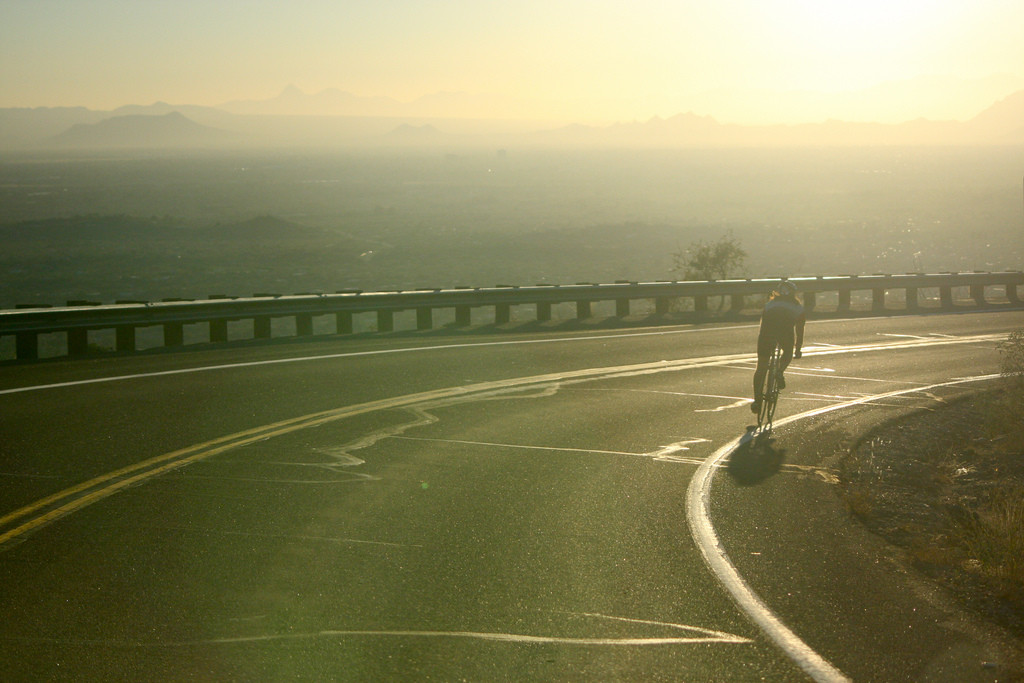
You’re driving a two-ton steel cage. Bicyclists are not. Please share the road and make sure to give bicyclists enough room. Backroads are tight so it’s difficult to pass a bicyclist without crossing a bit over the double yellows. However, it’s the law to give bicyclists at least three feet when passing them.
Since you’ll likely have to put part of your car over the double yellow to give bicyclists some room, make sure you have a clear view of oncoming traffic before attempting an overtake. I usually like to put on my hazard lights when I see a bicyclist I need to overtake to make myself more visible to other cars on the road. Our car club has actually adopted turning on our hazard lights in succession to signal to drivers in our group that there are bicyclists up ahead and it’s worked very well.
Know what the yellow lines mean
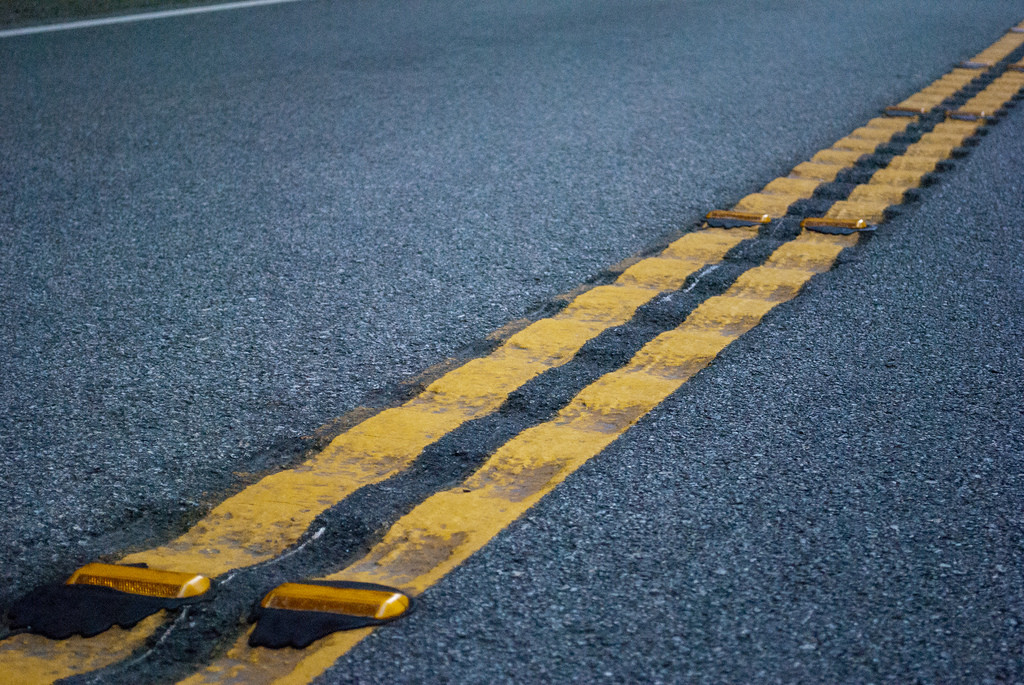
Do not cross solid double yellows. I repeat, DO NOT CROSS THE DOUBLE YELLOWS! I’ve seen drivers ignore this and almost get into a head-on collision because they didn’t want to be stuck behind a slower car. Double yellows means no passing, and the people who designed the road painted them there for a reason.
However, there are times where you can overtake on a two-lane road. If you see permeated lines (dashes instead of a solid line), that section of road is deemed safe to overtake on, assuming there’s no oncoming traffic. Here’s an example of permeated lines:
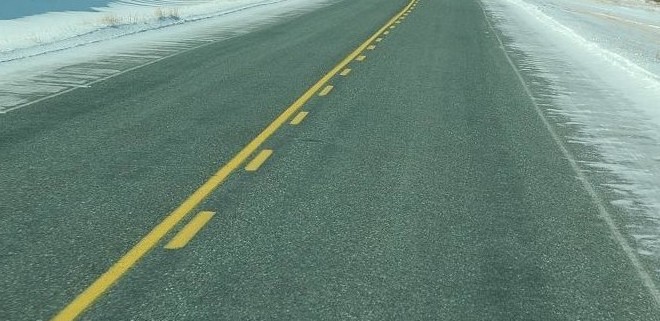
If the dashes are on your side of the road, this means you can overtake. If the dashes are on the other side of the road, that means oncoming traffic can overtake by merging into your lane. If there’s a single solid yellow, that means you can overtake with caution.
Some more spacious roads will briefly split into three lanes to let people pass safely. Be aware these lanes are quite short so commit to overtaking or stay to the right, otherwise you’ll find yourself out of road very quickly.
Leave your pride at home
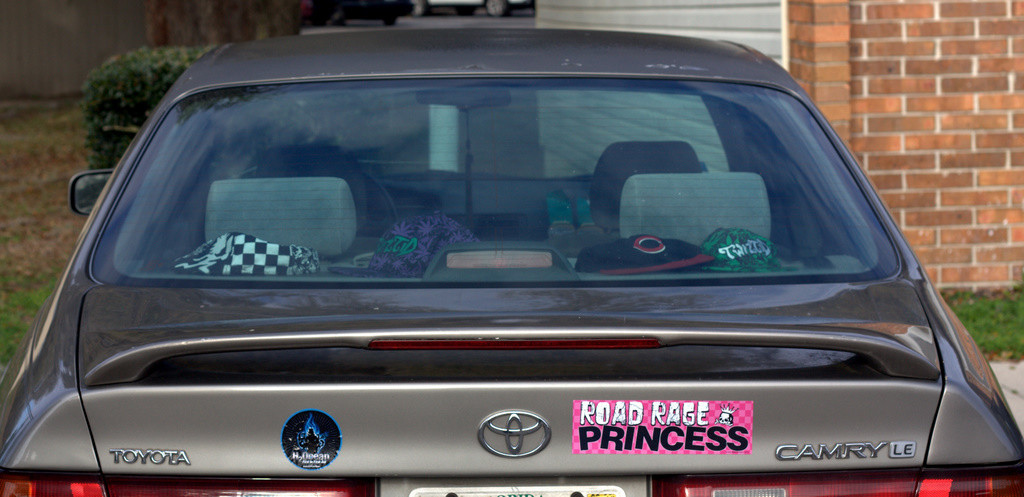
Road rage is a real problem and it’s especially dangerous on a backroad. Don’t try to be a hero or that douchebag going 100+ miles per hour on a sport bike. These are still public roads and conditions are much too unpredictable to be driving ten tenths.
Of course it’s frustrating to be stuck behind a slow moving vehicle but it’s not worth it to lose your cool and try to overtake over double yellow lines. I’ve seen many close calls with people getting impatient. It’s just not worth the risk.
If you’re being pressured by faster traffic behind you, just move over and let them by. Don’t try to speed up just because you don’t want to stop for a few seconds to let some cars by. I’ve seen guys in minivans speed up just to avoid letting me by, resulting in screeching tires and terminal understeer. As entertaining as it is watching someone cane a minivan around some backroads, I’d rather not see you understeer into oncoming traffic and commit vehicular manslaughter. I’m sorry you have to drive a Nissan Quest but please drive safely and let faster traffic by.
Be respectful of the residents who live on the road
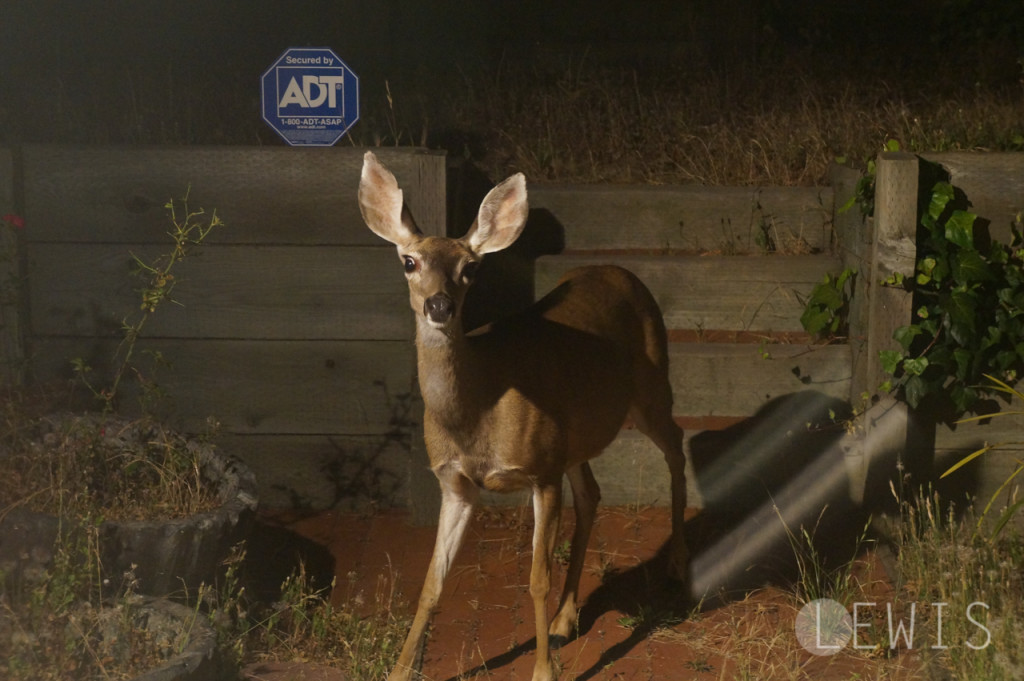
It’s easy to forget that such beautiful roads actually have people living on them. Be respectful of the residents on that road and take it easy when you’re driving in front of their homes. There could be people walking, getting their mail, or even pets who’ve gotten out. One time, I was driving my local backroad and came around a corner, only to see a scared looking Basset Hound in the middle of the road.
Since most backroads cut through the wilderness, it’s common to find wildlife using the road too. Be aware of deer, raccoons, turkeys, and other animals, especially at night. If it’s dark, use your high beams for better visibility, but turn them off when you see oncoming traffic. If you don’t, you’ll blind the other driver.
Hopefully these tips help you stay safe while having fun driving on some beautiful roads this summer. Did I miss any tips for driving on backroads? Let me know in the comments.
